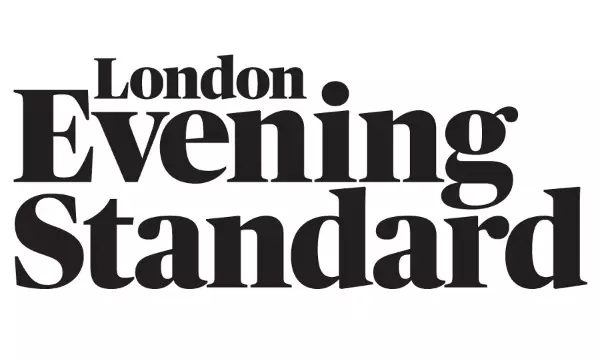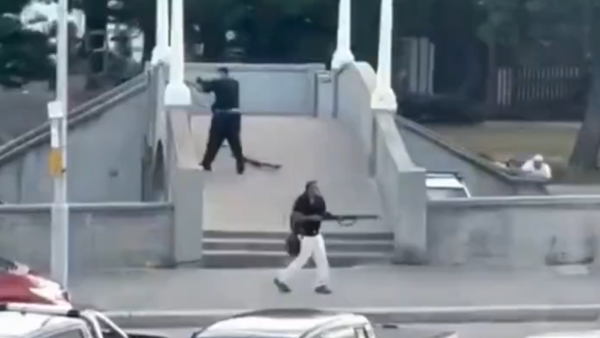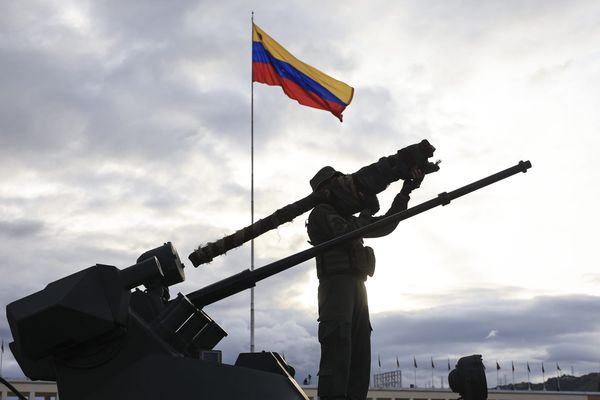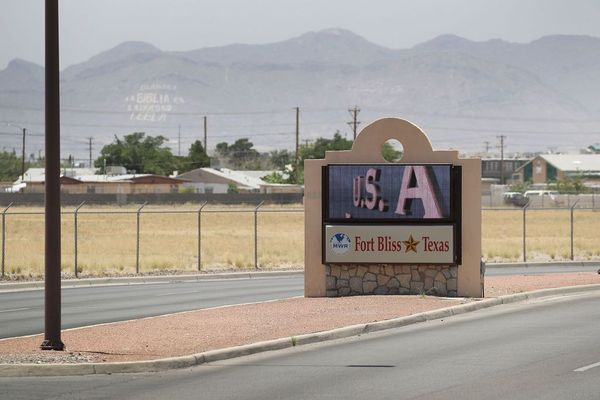
When tragedy struck Minnesota in a shocking political assassination attempt, President Donald Trump made it clear he wasn’t interested in tradition, unity, or even common decency.
Instead of calling Governor Tim Walz to offer condolences after the June 14 shooting of two Democratic lawmakers, Trump dismissed the idea outright, calling Walz “whacked out” and “a mess.” In classic Trump fashion, the former president asked, “Why would I call him? … Why waste time?”
That full quote came during an off-the-cuff press gaggle aboard Air Force One as Trump returned from the G7 summit on June 17. Reporters asked whether he planned to reach out to Walz, given the magnitude of the tragedy. Trump didn’t even pretend to be diplomatic.
Trump said, “I think the governor of Minnesota is so whacked out. I’m not calling him. Why would I call him? The guy doesn’t have a clue. He’s a, he’s a mess. So, you know, I could be nice and call him, but why waste time?”
A phone call would be the least Trump could do
Q: On Minnesota, there was a lot of horrific details. Have you called the governor or spoken to him?
— Ron Smith (@Ronxyz00) June 17, 2025
Trump: I don't really call him. Look, he appointed this guy. I think the governor of Minnesota is so whacked out. I'm not calling him. Why would I call him… He's a mess. Why… pic.twitter.com/kEMAvbkkgs
Trump’s words landed with the usual thud, especially considering what had just happened. On Saturday, June 14, a gunman, identified as 57-year-old Vance Boelter, stormed the home of State Representative Melissa Hortman.
Allegedly, he killed her and her husband and seriously wounded State Senator John Hoffman and his wife. The FBI and state officials quickly classified the shooting as a targeted political attack. Boelter reportedly had a kill list with dozens of Democratic officials on it, including Walz himself.
This wasn’t some random act of violence. It was a deliberate, ideologically driven hit, and one of the most severe threats to state-level lawmakers in decades.
Boelter had connections to Minnesota’s workforce development board and, according to charging documents, appeared to have spent months planning the attack. In other words, if there were ever a moment for a former president to act presidential, this was it.
Trump and Walz have had their differences
The way our nation moves forward is not through hate. It is not through violence.
— Governor Tim Walz (@GovTimWalz) June 17, 2025
It is through humility, and grace, and compassion. pic.twitter.com/6O0IxgTuzQ
But Trump and Walz have never exactly shared holiday cards. Their history goes back to the early COVID days, when Trump alternated between praising and undermining Walz’s handling of civil unrest in the wake of George Floyd’s murder.
In 2020, Trump initially said Walz had done “a good job” deploying the National Guard but quickly turned on him when the governor criticized federal responses. By 2024, Walz had emerged as a rising Democratic star, ultimately becoming the party’s vice-presidential nominee.
Walz didn’t take the bait. Asked by reporters whether Trump had reached out, he calmly said he wasn’t expecting that call. His office released a brief statement saying the governor was focused on the victims’ families and helping Minnesota heal.
According to his staff, Walz received support from a wide range of leaders, including former President Biden, Vice President J.D. Vance, and even Canadian Premier Doug Ford. But Trump? No call. No message. Just a rant and a shrug.
No place for compassion at Trump Inc.
It’s not surprising, really. Trump has never made compassion his brand. But the refusal to acknowledge a deadly act of political violence, simply because it happened in a blue state, to a blue state governor, is a new low—even for someone whose lows keep surprising people.
In moments that demand leadership, Trump once again chose grievance. While Walz and Minnesotans try to pick up the pieces, Trump made it clear his priority is petty vendettas, not public unity.







